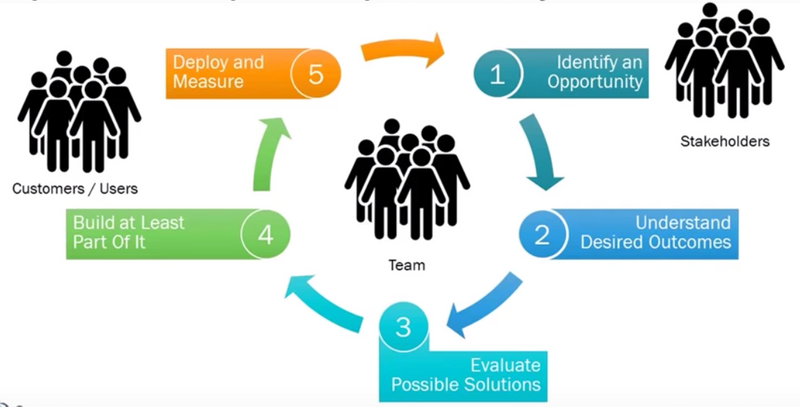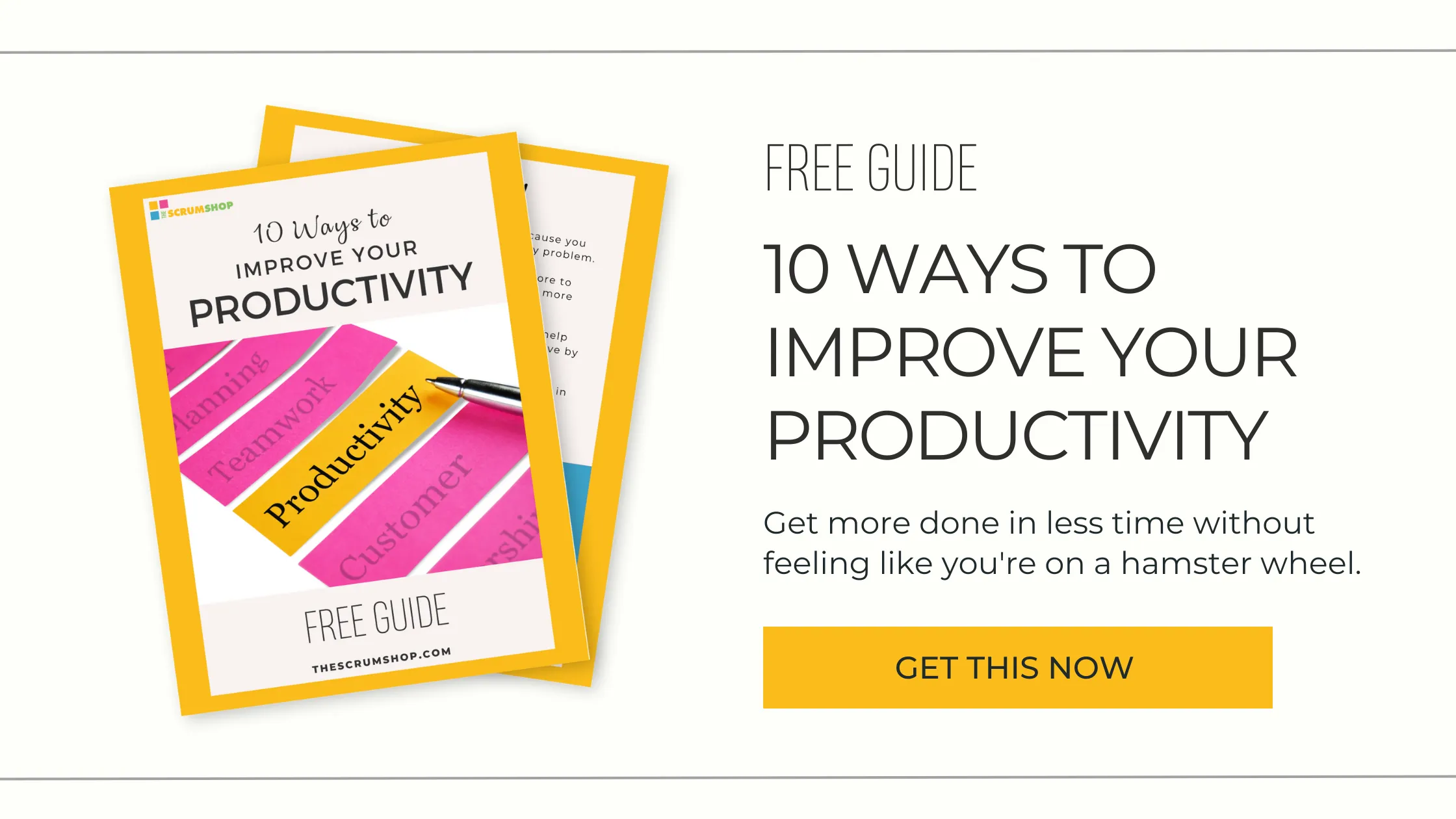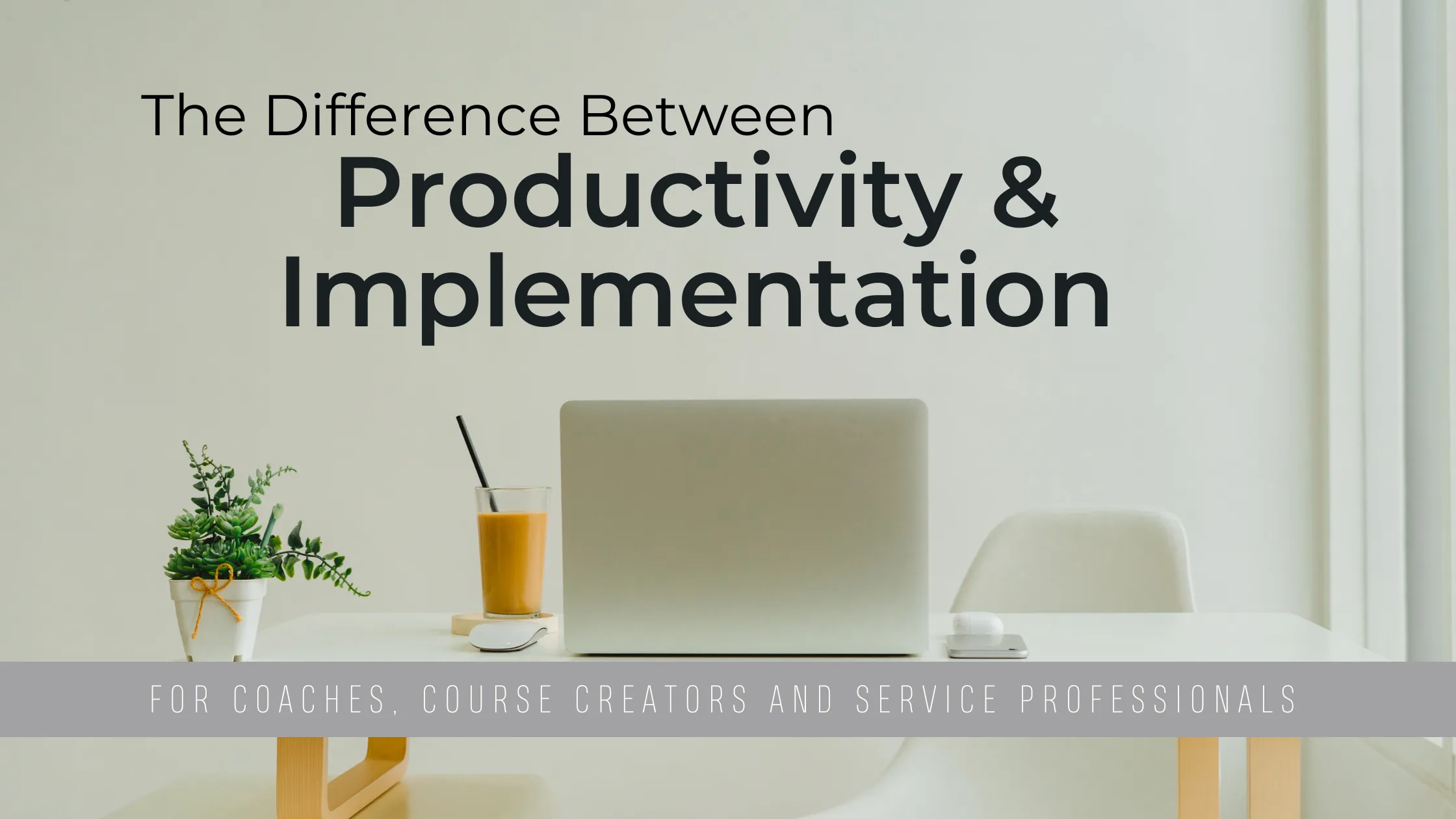It's the Little Things that Make All the Difference To Your Business Success
When it comes to making your business successful, you will hear all kinds of advice. From what type of business model you should choose, to organic or paid marketing. You name it. I have heard it all. But no matter what you decide to do, it’s the little things that make the difference. I’m not talking about attention to detail in the way you think. Let’s take a look.
Great athletes do the little things that separate them from the pack. Look at the performance of any great athlete and you will see that the little details are what make them stand out.
For example, Elijah Mitchell of the San Francisco 49ers Football team is a master at getting the most out of every single carry.
Even teammate George Kittle praised him for always falling forward when he is tackled. In this interview, George Kittle tells the press that Mitchell has the ability to turn a play that’s blocked for 3 yards into 7 yards. A play that’s stopped at 1 yard turns into 4 yards. Watch Kittle’s interview here.
That attention to detail helps him have games like that one where he carried for 130 yards.
If he didn’t do the spin move, fall forward, dive for the extra yard instead of going out of bounds, the results could be far fewer yards and could cost games.
Well, it’s just like that with your business.
You can watch your social media trends, celebrate an increase in likes and engagement, but if you dig a little deeper you can also get those additional yards out of every play.
“Pay attention to the minutia to find the parts of your business that need tweaking.”
Just like the athlete who goes the extra mile, you must do that as a business owner.
I’m not talking about working longer hours and more days, I’m talking about the little things.
Paying attention to the minutia is what helps you find the parts of your business that need tweaking.
You’ve already learned the concepts, you may have even built a fantastic business. But if it is underperforming, rather than redoing everything or scrapping it for something different, dig out that microscope and look at the little things.
More Reading
👉7 Challenges You Will Face as an Entrepreneur and Why Perseverance is the Key to Success
👉 How Successful Entrepreneurs use Project Management to Achieve their Goals
👉 Busy All Day But Get Nothing Done? How Scrum Can Help
For example, you could be getting a ton of engagement, likes, and even comments on your social media posts. Still, if it does not result in more sales, it might be time to do some research to determine if the people who are engaging with you match your avatar.
So how do you do it?
Document Your Baseline
It’s not easy to measure improvement if you don’t have baseline data to start with. This gets more important as you grow.
Baseline data provides a starting point which you can compare to industry standards. The industry standard should be your goal and if you are not there yet, you still have some work to do. By documenting your baseline you can begin the analysis process to make the little tweaks that will make the difference.
Analyze Your Results
Once you have documented your baseline, your next step is to compare it to the industry standards and then analyze it to find opportunities to improve.
Jon Benson, founder of CopyPro and author of the book, Open, Click, Buy once said in a webinar I attended that he analyzed an underperforming sales page and changed one word… one word… and it went on to generate millions in revenue.
If he had never done that analysis and made that small change, he would never have seen the success that he did for that sales page.

It works the same for your business. Even if you think you don’t have the skills to know what to change, you will see results by sticking with it and testing changes. And with every iteration, you can make improvements that will cumulate into a success.
Find Opportunity
Now that you have collected baseline data, compared it to industry standards and analyzed your results, you can focus your attention on finding opportunities to make improvements.
More than trends, you must dig into the details to get every inch of potential out of that sales page, social media post or email campaign. It might be fun to see spikes in activity, but you have work to do if it doesn't result in sales. That doesn’t mean tearing it apart and starting over. It means getting out the wrench and screwdriver and making small adjustments.
As I said before, it could be as small as changing one word on a sales page that could make all the difference so keep that in mind if you ever get the urge to toss everything out and start over.
How Can Scrum Help
The Scrum Framework includes a simple strategy called continuous improvement. The idea is that you work in cycles.
This image taken from Scrum.org demonstrates how you can use continuous improvement to continue finding opportunities for improvement, new features and more success.

If you imagine this cycle on one offer you can see how using a continuous improvement cycle can help you get your work out there, create baseline data and then find opportunities to improve.
Embrace this process and you will be able to focus your energy on the little things that will make a big difference.
Take an example like the iPhone. The iPhone 1 is not what is it today but that didn’t stop them from releasing it to the public … and making a gazillion dollars to continue their project.
They used the process of continuous improvement to identify an opportunity, understand the desired outcome, evaluate solutions, build at least part of it, then deploy and measure.
Learn Scrum and How it Can Help You Manage Your Projects and Business
Once they complete the cycle they took the results and repeated the cycle to fix problems, improve their software and hardware and add features.
Pay attention to the little things and use baseline data to help you determine if you are on the right track. Respond to your data by digging deep into the details to tweak your work making improvements, fixing bugs, finding opportunities. By doing this you will stop the bad habit of jumping from one thing to another, giving up on an idea too soon and not seeing things through. Continuous improvement and the little things wins the game.









